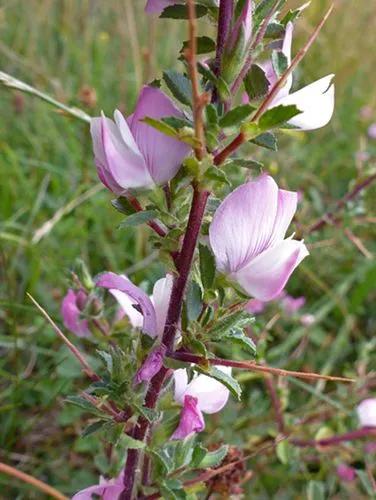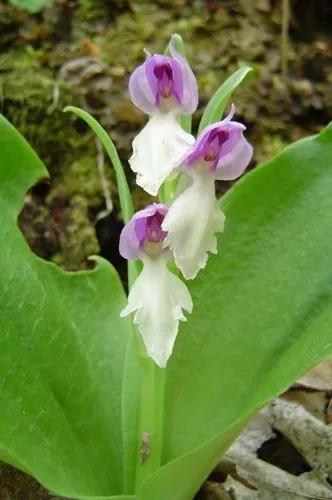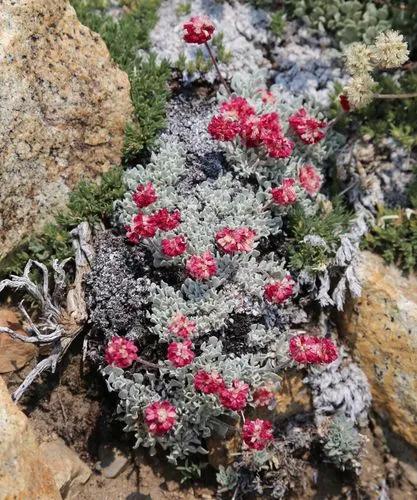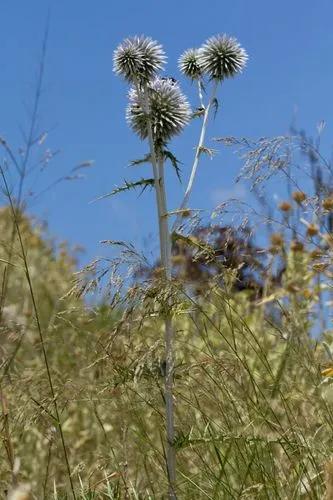Let this vine spread through any space, and it will dazzle with its unique waxy flowers that drip in nectar and attract beautiful companions.
Hoya australis Care
Hoya australis
Other names: Waxvine



Also known as Waxvine, this evergreen vining plant is native to Australia.
It has shiny succulent and thick oval-shaped leaves, whose color depends on the amount of sun the plant receives. This means sunnier environments create brighter, greener leaves, and shade creates dark green leaves.
It bears small fragrant flowers with marked red lobes, arranged in umbrella-shaped clusters and with five waxy triangular petals. These are the traits that allow for better identification. It can bloom at any point of the year, and even when not in bloom, it has long, elegant attractive stems. It’s easy to care for, air-purifying and can grow around 13-33 feet (4-10 m).
How to Care for the Plant

Water

Common Waxflower enjoys humidity and should be watered only when the soil is dry. Reduce watering frequency in fall and winter. Overwatering and underwatering are both equally harmful to it since it is not drought tolerant and prone to rot.

Pruning

Pruning is required to control the size and should be done at least once a year to promote a compact look.

Fertilizer

Feed Hoya australis once or twice during spring.

Sunlight

Light allows for better flowering, so this plant enjoys plenty of indirect light. Direct sunlight can be beneficial too, if not too intense, as it can cause damage. It can also be grown in shadier conditions, but it won’t bloom. It can be supplemented with artificial growing lights.

Soil

Choose well-drained soil that is still able to retain some moisture.

Propagation

By cuttings, which are dipped in root hormones.

Temperature

Avoid extreme temperatures, both hot and cold. Ideal temperatures are between 61-79 ºF (16-26 ºC).

Container

Due to its vining nature, it might need the support of a trellis. Any container is great for this plant.

Fun fact

Since it produces a lot of sticky nectar, it attracts wildlife when planted outdoors, especially butterflies.

Popularity

6,691 people already have this plant 397 people have added this plant to their wishlists
Discover more plants with the list below
Popular articles






